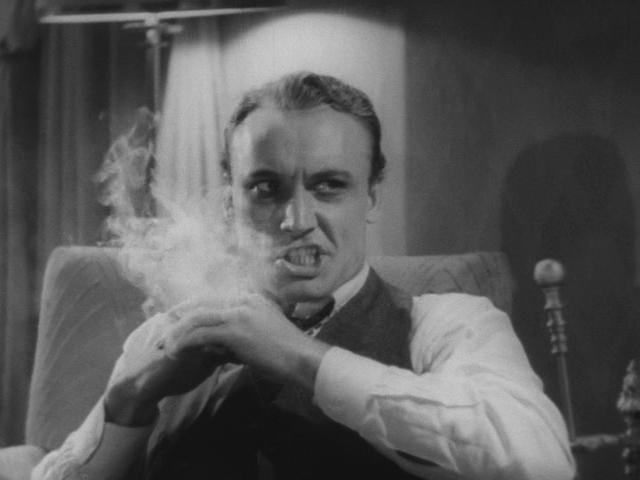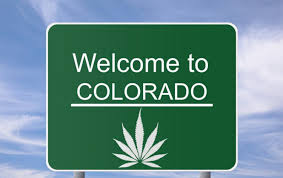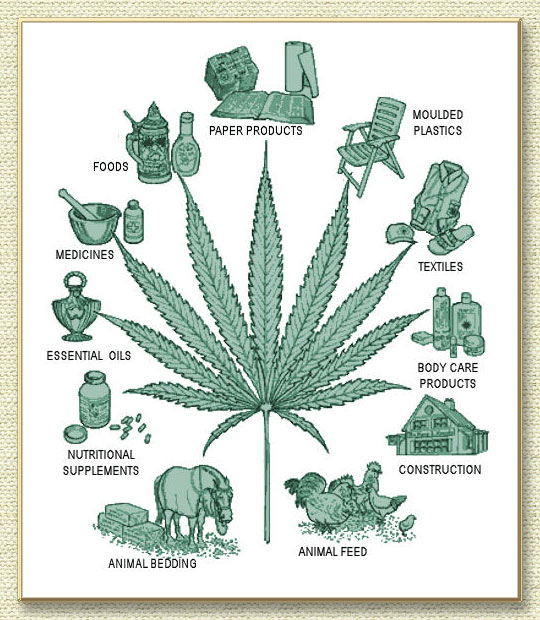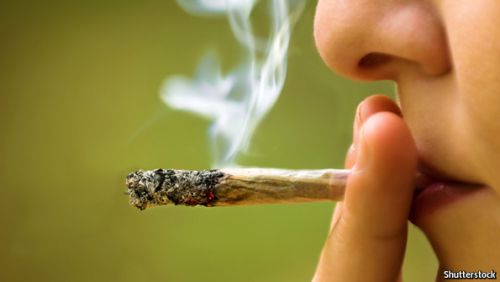Over the past few years, there has been a definite change in America’s attitude towards marijuana prohibition. In just my lifetime, we’ve gone from the “Just Say No” 1980’s to seeing 4 states and D.C. legalize recreational marijuana, with many more states offering some form of medicinal marijuana. So, how did the laws get like this in the first place, and what’s being done to bring this issue into the 21st century?
Listen to the Retrospectical Podcast Ep 13 – Legalizing Marijuana in the United States, featuring an interview with Allen St. Pierre, Executive Director of NORML
History of Marijuana Laws in America
Marijuana has been popular for centuries and many smaller municipalities - up to the state level - have had various restrictions on it. “Hashish parlors” were as popular as opium dens and in the 1880’s, it was estimated that there were 500 such establishments in New York City alone. These could be found in most major cities in America and were frequented by men and women of all social classes.
Ironically enough, nationwide prohibition really began in the 1920’s, during the same era of alcohol prohibition in America (we all know how well that worked out). The Marijuana Tax act of 1937 took this all a step further. It was now heavily regulated via taxes since the federal government couldn’t  regulate medicines at that time, only states could. Harry J Anslinger, the first head of the Federal Narcotics Bureau, launched a campaign against the “evils” of marijuana, connecting its use with violent crime and dirty, dirty immigrants.
regulate medicines at that time, only states could. Harry J Anslinger, the first head of the Federal Narcotics Bureau, launched a campaign against the “evils” of marijuana, connecting its use with violent crime and dirty, dirty immigrants.
William Randolph Hearst used his newspaper empire to help spread this propaganda in the late 30’s. Through fear and misinformation (and a bit of racism), Hearst and Anslinger were able to successfully turn public opinion against marijuana. In hindsight, many argue that this was mostly a campaign created to destroy the commercial hemp industry, which made a superior product for paper compared to Hearst’s wood pulp interests. Hemp was also in conflict with DuPont and their new product, Nylon, to replace hemp ropes. Never underestimate what people will lie about to make a buck, I suppose.
This era also saw the release of the now infamous movie, Reefer Madness (1936). This propaganda movie fit right in with the message that was being sent out at this time. It regained some popularity in the 1970’s as an unintentional satire about the misguided cannabis reform that had gone on some 40 years prior. If you haven’t seen it, check it out. It’s now in the public domain and should be available on YouTube.
War on Drugs
The roots of the war on drugs started in the late 60’s, but in the 1980’s, the focus of law enforcement shifted to the “war on drugs”, led by the Reagan administration. Each president since Nixon has basically continued or augmented the war on drugs from his predecessor, and so it was left up to the states to attempt to pass some more logical legislation when it came to certain drugs. Some states went the other way, though, namely New York City’s “stop and frisk” policy, or California’s “three strikes” felony laws.
After thirty years of a mostly failed policy, popular opinion is beginning to shift away from the war on drugs, with people arguing that it’s a war on an idea and simply can't be won in any measurable fashion. The policy of just locking up drug users has not done anything to stop drug related violence or drug use at all, and it’s made lots of people rich (law enforcement contractors, private prisons) while not solving any problems at all.
Policies such as mandatory sentencing were deemed racist, as they tended to punish “ghetto” drugs much more harshly than ones that richer white folks might be abusing. This, of course, doesn’t even get into the legal drug abuse that was really starting up.. prescription pills.
Road to Legalization
In more recent times, things have began to change. Individual states started passing laws that slowly introduced decriminalization and medical marijuana. It became a state vs federal issue in the courts. A couple of cases set precedent for no use (even medicinal) from the fed, but in 2009 US Attorney General Eric Holder (AG) issued new guidelines: “It will not be a priority to use federal resources to prosecute patients with serious illnesses or their caregivers who are complying with state laws on medical marijuana, but we will not tolerate drug traffickers who hide behind claims of compliance with state law to mask activities that are clearly illegal”.

In 2012, Colorado and Washington became the first two states to legalize recreational marijuana. Each state would treat marijuana like alcohol, limiting it to adults over the age of 21 and not allowing you to drive under the influence. Sales began Jan 1, 2014 in Colorado, and Washington followed later that year.
As of 2015, 4 states: Alaska, Oregon, Washington and Colorado, in addition to Washington, D.C., have passed laws that legalize recreational sales. There are 18 other states that have medical marijuana laws, ranging from California's system which almost feels like the wild west to Colorado's newer, more streamlined system. Other states allow only strains that are high in CBD and low in THC. Some states, like our home state of Illinois, have dragged their feet and, while there is a law in place, there is nothing happening on the ground.
What's Next?
Now that laws have been relaxed, there's actually an opportunity for regulation in the industry and medical research to be performed and peer reviewed. Colorado has seen numerous benefits after legalizing marijuana for recreational use. In the first 10 months, nearly $40 million in tax revenue was raised (from medical, recreational and licenses), the violent crime rate in Denver continues to decrease and so do statewide traffic fatalities. Marijuana is showing promise in all kinds of areas, from helping with Chemotherapy to preventing seizures to actually helping to kill cancer cells. Everything is starting to change quickly now, and there's no telling what the landscape will look like in a few years.
CBD, or Cannabidiol has been identified as having many more medical applications than THC, which is the psychoactive ingredient in marijuana. CBD has been used in the United States to treat children who have Dravet Syndrome, which is a severe form of epilepsy. CBD treatments can prevent seizures, and are far less harmful than other medicines, which sometime have deadly side effects. CBD quiets all of the electrical activity in the brain which helps stop seizures.

Industrial Hemp
Industrial Hemp used to be a very common product. It’s able to be used in products like paper, textiles, biodegradable plastics, construction (insulation), health food and fuel (similar to ethanol). It’s one of the fastest growing biomasses in the world, requires little to no pesticide and produces far more product with less resources when compared, for example, to cotton clothing. Turning hemp into paper requires almost no chemicals, especially when compared to paper made from trees (which is also far more damaging to the environment).
Hemp is commonly known as the non-psychoactive strain of cannabis (though they are all technically hemp). Hemp has a very low level of THC - no more than 0.3%, compared to the strains of 6 or 7% up to 20+% that are commonly used for smoking (and that version of the plant has poor fiber quality anyways). Currently, the US government does not distinguish between marijuana (containing higher levels of THC) and Hemp, which is an industrial product and contains levels of THC which cannot get anyone high. Industrial hemp’s Wikipedia page and the description of its uses reads like it is a super plant. Widespread use of industrial hemp could greatly help slow down deforestation and help relieve a score of other agricultural problems.


